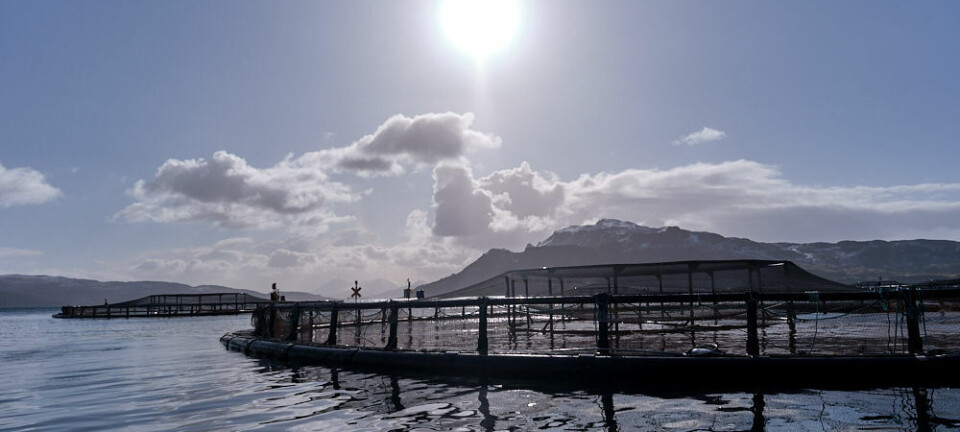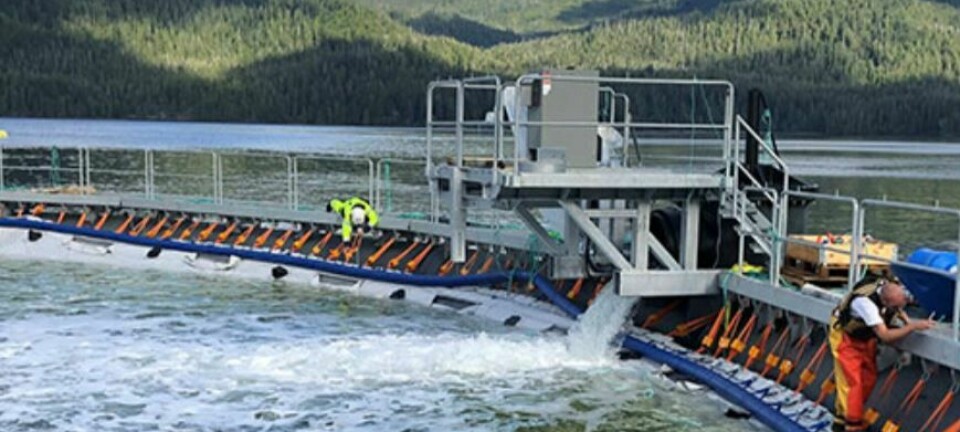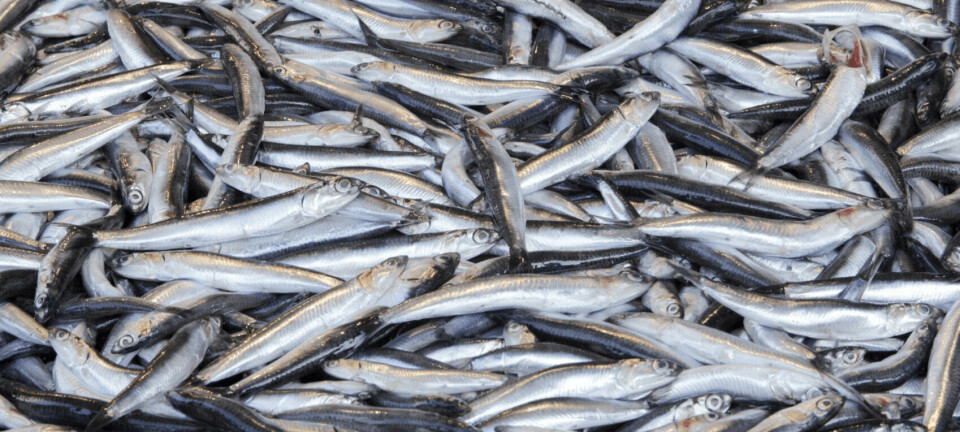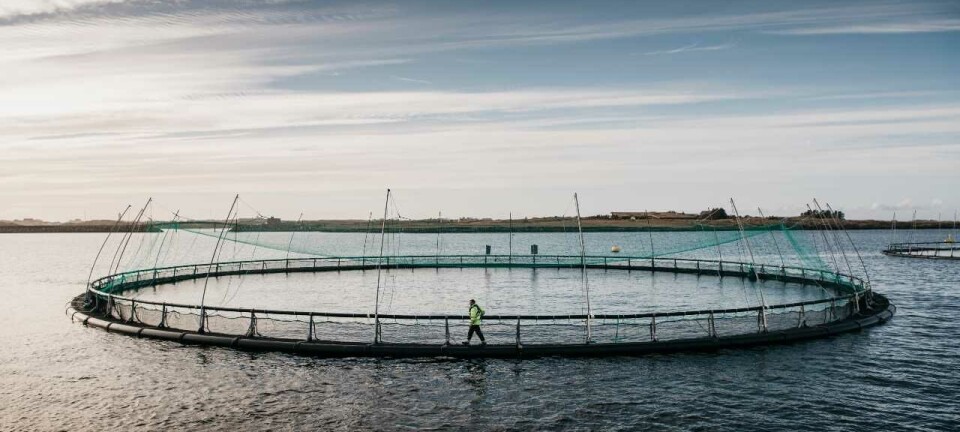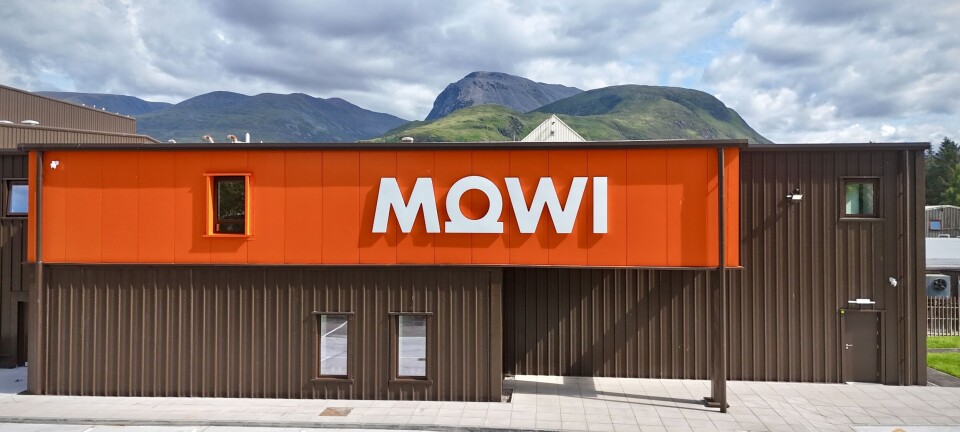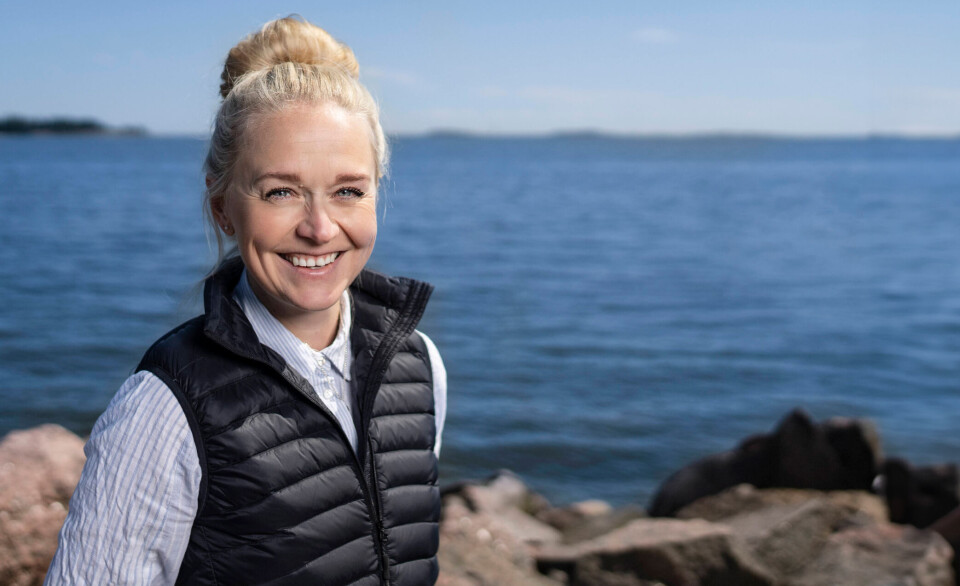
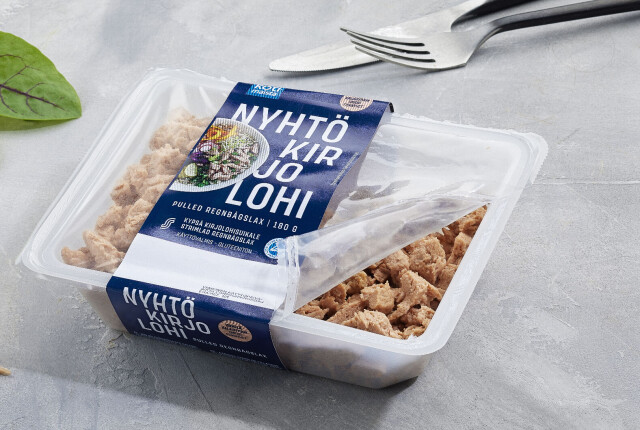
'Upcycled fillet' can boost value and sustainability of salmon
Finnish company aims to increase proportion of the fish we can eat to 90%
Two Finnish companies have teamed up to increase the percentage of salmon that can be used for human consumption to 90%, potentially increasing income for fish farmers by making their fish more valuable.
Food technology company Hailia has developed a method of upcycling fish heads, frames, fins, and tails to create an easy-to-use, affordable raw material for the food industry and consumers and will manufacture food products from salmon side streams provided by Hätälä, which manufactures fish products for retail, wholesale and the food service industry. In addition to its home market in Finland, the company operates in the Swedish, Danish, French, German, Austrian, Italian, Swiss, and UK markets.
Hailia chief executive Michaela Lindström told Fish Farming Expert that the company’s upcycled fish has a similar mouth feel to salmon fillet but is not designed as the centrepiece of a plate, as a salmon fillet would be. It is intended for industrial, food service and domestic use as an ingredient in meals such as salads, in fillings, for example in breads or sushi fillings, or to add flavour to a pasta sauce or a fish soup.
Uses more of the fish
She said between 65% and 80% of a salmon is used for human consumption at the moment, depending on processing. Increasing that to 90% would make the fish more valuable, as side streams used for human consumption are worth more than if they are sold for pet food or other uses.
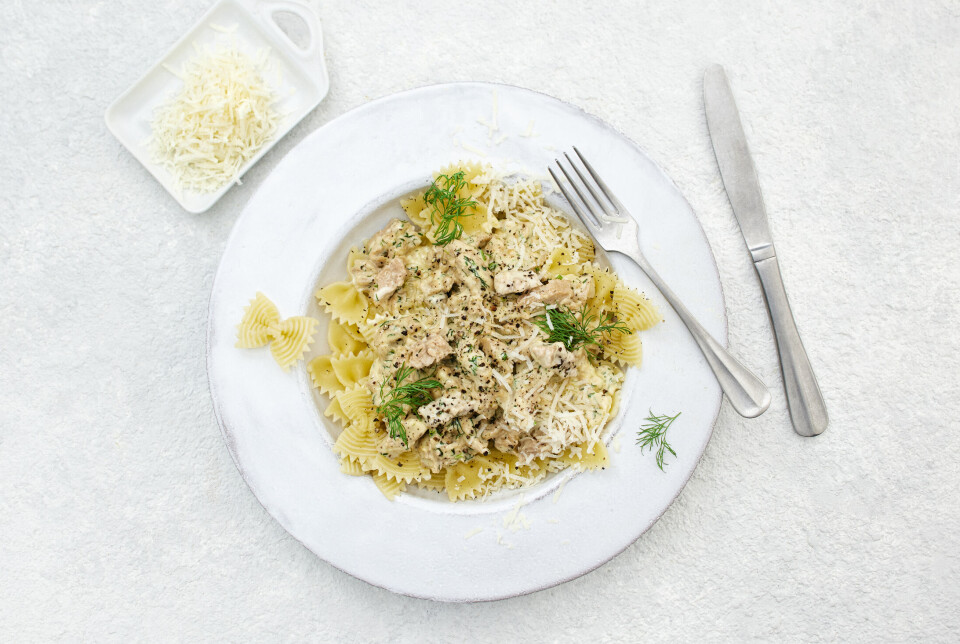
“We can turn the whole fish into ‘fillet’, not including viscera and blood, of course, but everything from head to tail, including the frame, we can upcycle. We make a homogenised mass and then restructure it into a product that has a mouth feel that resembles cooked fish fillet,” explained Lindström.
“We use the bone tissue but when you eat it, there’s no bones that you could feel. It’s like a fillet.”
Hätälä chief executive Veikko Leinonen said: “With Hailia’s innovative technology, a bigger part of the fish can be used to create nutritious, high-quality seafood. Sustainability guides all our operations at Hätälä, and we want to promote sustainable development in the entire aquaculture industry. As a fourth-generation family-owned company, we cherish our traditions, but at the same time we welcome new circular solutions and resource-wise processes.”
Versatile and affordable
It is Hätälä that it responsible both for using the upcycled fillet it receives from Hailia, and marketing it.
“Versatile, high-quality, and affordable seafood is interesting to consumers as well as the restaurant and food service industry,” said Petri Tiikkala, sales manager at Hätälä.
“Due to their structure, the salmon products made from side streams are suitable for many different kinds of foods. They are also ready to use, which makes them attractive to constantly busy restaurant kitchens. I believe that the products will be successful in multiple markets.”
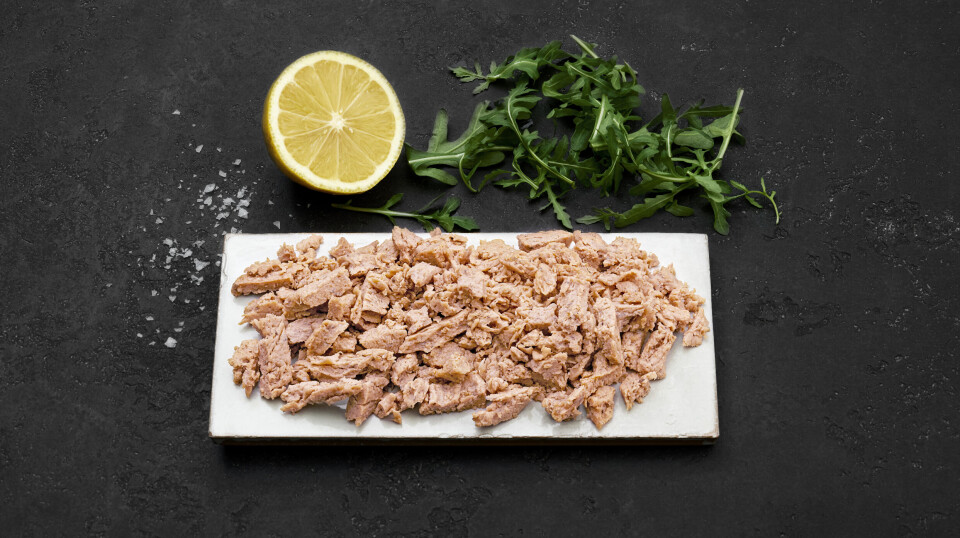
Hailia’s products for domestic use are already on sale in the stores of Finland’s largest retailer.
The food technology company is looking to expand overseas but will use a licensing model instead of the manufacturing partnership that it has with Hätälä.
“With international partners we can’t carry out this model, it doesn’t make any sense that side streams would be shipped from Europe or the United States to Finland. So, we are licensing our technology to partners,” said Lindström.
“But in Finland this was an easy way to start and for us to prove that this concept works.”
Change of direction
Previously, Hailia mainly manufactured food products
out of small pelagics, but last year the company decided to focus on commercialising its proprietary technology towards the
salmon- and whitefish industry.
Major salmon farmers have shown an interest in Hailia’s technology, said Lindström, who added that she couldn’t give more specific details at this stage.
“We have been doing this for three and a half years but in the last year, since we have started talking about Atlantic salmon and whitefish, I would almost say that the interest has exploded. It has been a very busy year.”














